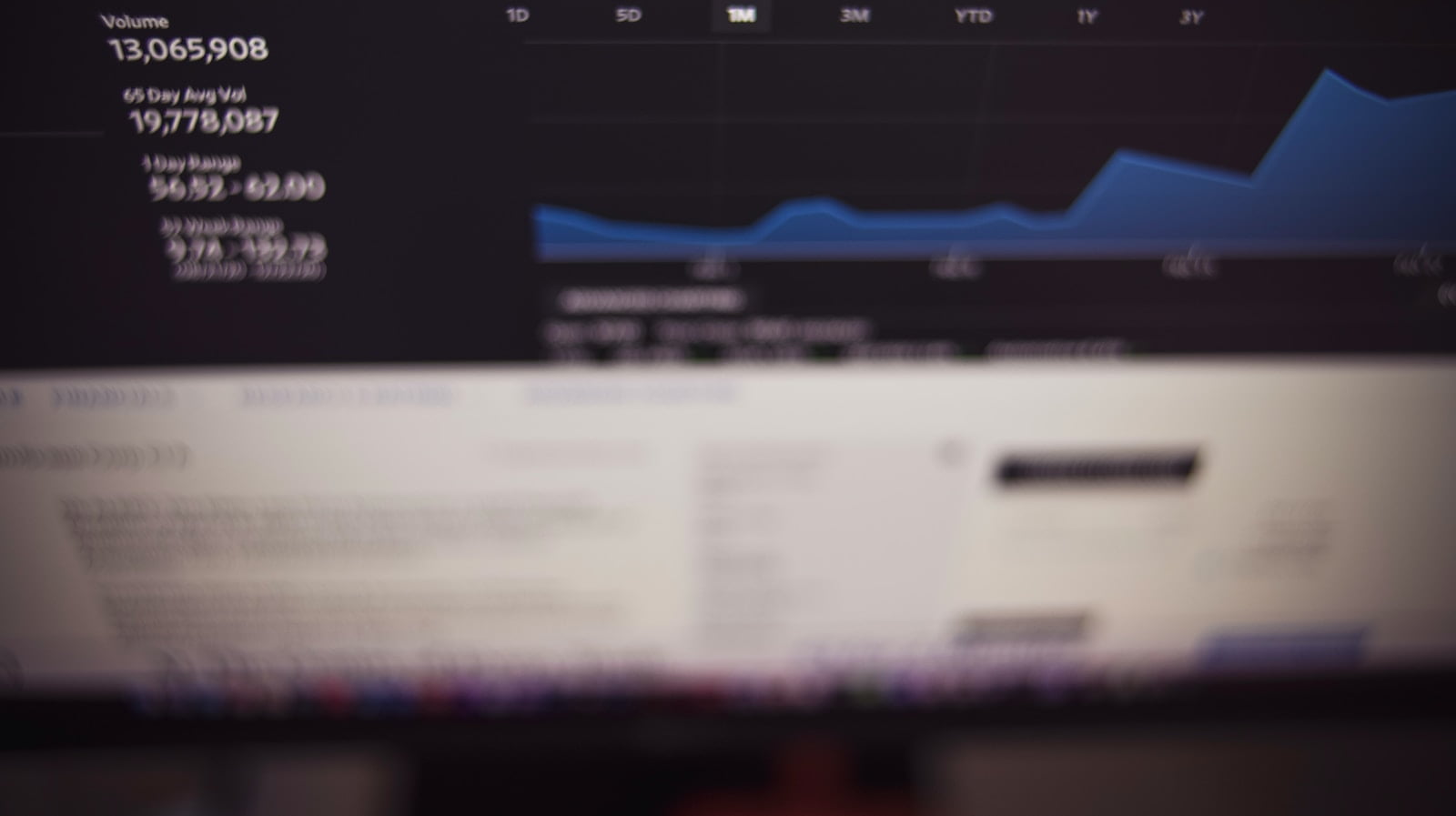
How High-Frequency Trading Firms (HFTs) Make Money
Introduction:
High-Frequency Trading Firms (HFTs) have become a prominent force in modern financial markets. With advanced technology and lightning-fast trading strategies, these firms are able to capitalize on small price discrepancies and market inefficiencies. In this article, we will explore how HFTs make money and the techniques they employ to generate profits.
Understanding High-Frequency Trading (HFT)
Paragraph: High-Frequency Trading (HFT) refers to the use of sophisticated computer algorithms and rapid trading techniques to execute a large number of trades in milliseconds. These highly automated systems leverage technology to analyze vast amounts of market data and seek out profitable opportunities. By executing trades at extremely high speeds, HFTs aim to profit from even the smallest price differentials or imbalances in the market.
Market-Making Strategies
Paragraph: One of the primary ways HFTs make money is through market-making strategies. Market-making involves continuously quoting both buy and sell prices for a particular financial instrument, generally as a middleman between buyers and sellers. HFTs swiftly update these quotes to align with changing market conditions and ensure liquidity in the market. They profit by capturing the bid-ask spread, which is the difference between the buying and selling prices. Although individual spreads may be slim, the sheer volume of trades executed by HFTs makes this approach profitable.
Arbitrage Opportunities
Paragraph: HFTs also capitalize on arbitrage opportunities to generate profits. Arbitrage involves exploiting price differences for the same asset across different markets or exchanges. HFTs leverage their speed advantage to simultaneously buy from a lower-priced market and sell in a higher-priced market, taking advantage of the price differential. These trades are executed within milliseconds and require sophisticated algorithms to identify and exploit such opportunities effectively.
Complex Algorithms and Trade Optimization
Paragraph: HFTs rely on complex algorithms and trade optimization techniques to maximize their profitability. These algorithms analyze vast amounts of market data, including historical price patterns, order books, news feeds, and other relevant information. By identifying patterns and market anomalies, HFTs can make split-second trading decisions and execute trades with precision timing. These algorithms continuously adapt to changing market conditions, improving their efficiency and profitability over time.
Fee and Latency Arbitrage
Paragraph: HFTs also engage in fee and latency arbitrage to make money. Fee arbitrage involves taking advantage of variations in trading fees across different exchanges. HFTs identify exchanges with lower transaction costs and execute trades on those platforms to minimize fees and maximize profits. Latency arbitrage, on the other hand, exploits differences in the time it takes for information to travel across various networks. By securing faster access to market data and executing trades ahead of competitors, HFTs can profit from small price discrepancies caused by delays.
Conclusion:
High-Frequency Trading Firms (HFTs) employ various strategies to make money in financial markets. By leveraging cutting-edge technology, algorithms, and rapid trading techniques, HFTs capitalize on market inefficiencies, engage in market-making, arbitrage opportunities, and optimize their trades. While controversial, HFT plays a significant role in today’s financial landscape and continues to shape the way markets operate.

